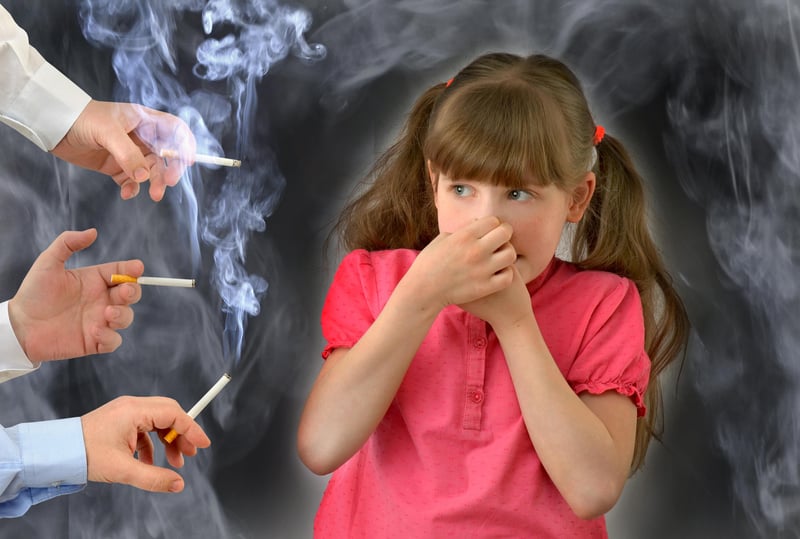Manténgase sano!

- Cara Murez
- Posted August 23, 2023
Another Source of Lead Exposure for Kids: Secondhand Smoke
One source of lead exposure in children may surprise you.
It's secondhand smoke, according to a Texas A&M University study.
"Further research will likely paint a clearer picture of this exposure route, especially in younger children, but the findings here can inform current efforts to eliminate low-level lead exposure in children,"said co-author Dr. Genny Carrillo, an associate professor of public health.
"For example, education of parents about secondhand smoke as a source of lead exposure could help decrease lead exposure in children and further build on the successes of past lead removal initiatives,"she said in a university news release.
Lead exposure is a long-known health risk, especially for young children. Even at low levels, chronic exposure can damage the brain and other organs. It can also cause problems with thinking and motor skills.
There is no safe exposure level, which is why great efforts have been made to eliminate lead-based paint and lead pipes in homes and phase out use of leaded gasoline.
To study the impact of secondhand smoke, doctoral student Alexander Obeng analyzed data on blood lead levels and secondhand smoke exposure in 6- to 19-year-olds.
The data included more than 2,800 children.
The researchers looked at levels of lead and a metabolite of nicotine known as cotinine. Levels of cotinine are an indicator of exposure to tobacco smoke.
The team categorized participants by blood cotinine levels and age.
The investigators found that blood lead levels correlated with cotinine levels. Compared to those with low blood cotinine, lead levels were 18% higher in those with intermediate cotinine levels and 29% higher in the heavy group.
Male and Black participants had higher blood lead levels than the median. Hispanic participants had the lowest average blood lead levels.
Six- to 10-year-olds represented the highest percentage of children whose blood lead levels were over the median. (Median means half had higher levels, half lower.)
The researchers said this might owe to behavior differences in younger children, including placing hands and other objects in the mouth more often. It may also indicate how younger children tend to absorb more lead than adolescents and adults.
Children and adolescents who were obese had notably lower lead levels than participants who were not obese, according to the report.
The study findings were recently published in BMC Public Health.
More information
The U.S. Centers for Disease Control and Prevention has more on the health effects of lead exposure.
SOURCE: Texas A&M University, news release, Aug. 17, 2023






